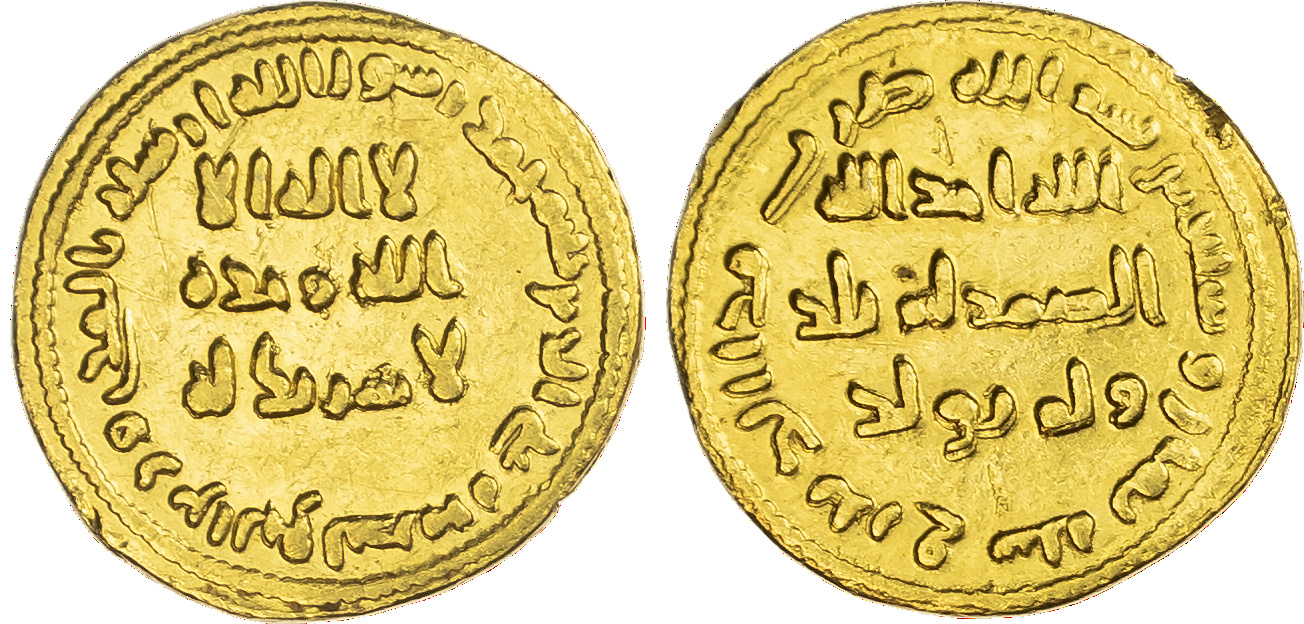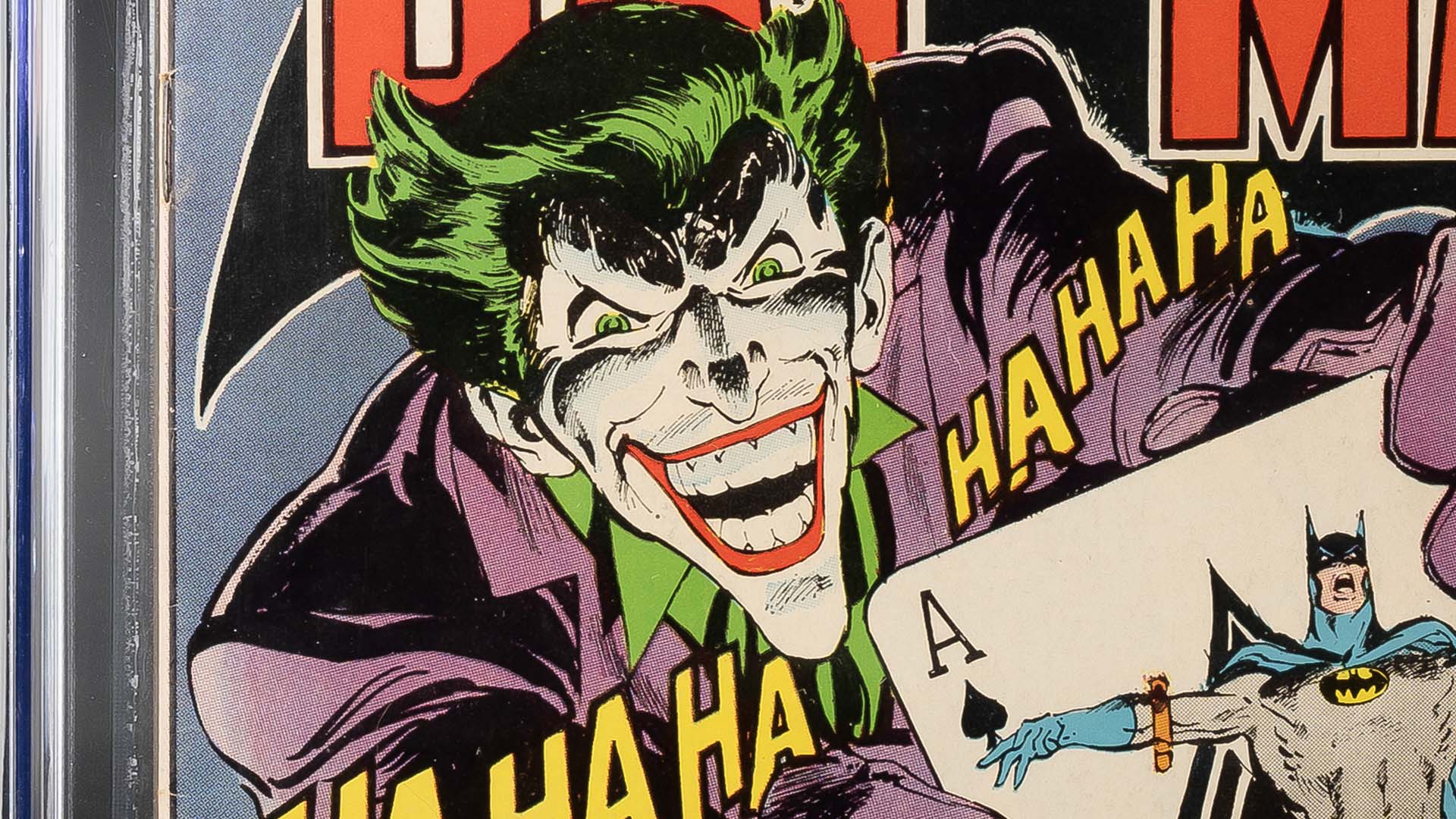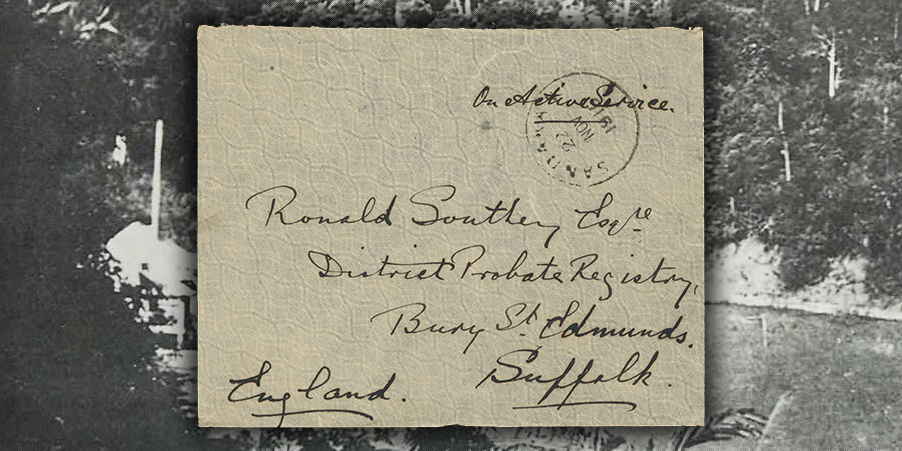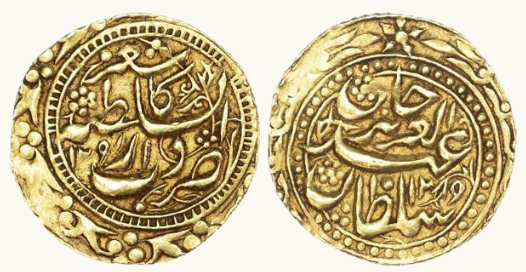Umayyad gold Dinar of 'Abd al-Malik ibn Marwan, AH 78 / 698 AD.
What is Islamic Coinage?
Islamic coinage refers to the diverse range of coins minted within the Islamic world since the 7th century CE. Unlike many pre-Islamic and contemporary coinages that featured images of rulers or deities, Islamic coins are predominantly epigraphic, meaning they rely on inscriptions rather than pictorial elements. These inscriptions often include Quranic verses, rulers’ names, and mint names. The emphasis on calligraphy and intricate design reflects the broader Islamic cultural and artistic tradition, which often avoided representational imagery in religious contexts.

Islamic coinage spans across many dynasties and regions, from the early Umayyads to later Ottoman issues. Over time, it became a crucial instrument of governance, trade, and religious expression, embodying the political and economic power of various Islamic states.
When Was Islamic Coinage First Minted and Why?
The first distinctly Islamic coins were minted during the reign of the Umayyad Caliph Abd al-Malik (r. 685–705 CE). Prior to this, the early Islamic Caliphate used Byzantine and Sasanian coins, often countermarked or modified with Islamic elements. However, as the Muslim Caliphate expanded, a need arose for a uniquely Islamic monetary system.

Gold dinar minted by the Umayyads in 695, which may depict Abd al-Malik, a rare example of a human figure on an islamic coin.
In 696–697 CE, Abd al-Malik introduced the first uniform Islamic coinage, featuring only inscriptions in Kufic and no human or animal depictions. This reform aligned with Islamic theological beliefs and helped establish a uniform currency across the vast Caliphate. The primary denominations were:
- Dinar (gold)
- Dirham (silver)
- Fals (copper)



These coins facilitated trade and reinforced the Caliph’s authority, marking a turning point in Islamic economic history. The introduction also helped in management of the existing taxation system in former Byzantine and Sasanian territories. By replacing Byzantine and Sasanian coinage with uniform gold Dinars, silver Dirhams, and copper Fals, the Caliphate established a standardised monetary system.
This facilitated efficient tax collection, reducing reliance on foreign coinage and eliminating inconsistencies in weight and value. The new coinage matched the weight of Byzantine and Sasanian currency, ensuring a seamless introduction for international trade and taxation purposes. The epigraphic design ensured authenticity, minimising forgery. Moreover, it has been suggested that the inclusion of mint marks and Hijri dates helped administrators track revenue sources, ensuring more effective governance and economic stability.
What Are the Key Elements of Islamic Coinage and How Can One Read It?
Islamic coins have distinct features, the key elements include:
- Calligraphy and Inscriptions:
- The Kalima Shahada (Islamic declaration of faith) is often present, reading:
“There is no god but Allah, and Muhammad is His Messenger.” - Quranic verses, such as Surah Al-Ikhlas (112:1-4), are common.
- The name of the ruling Caliph or Sultan may be inscribed, often with honorific titles.
- The Kalima Shahada (Islamic declaration of faith) is often present, reading:
- Mint Names and Dates:
- Some coins bear the name of the city where they were minted.
- Dates are given in the Hijri calendar, which began in 622 CE.
- The year is often written in full rather than in numerals.
- Design and Layout:
-
External circular legends - usually feature the date, denomination and mint name
-
Central legends - features Kalima Shahadah - Islamic Declaration of Faith
-

What Is the Price Range of Collectable Islamic Coinage?
The value of Islamic coins varies widely based on age, rarity, metal content, and historical significance. Below are some examples of the price spectrum:
- Affordable Collectibles:
- Common copper Fals from the Abbasid period can be acquired for as little as £10–£50.
- Umayyad and Abbasid silver Dirhams often sell for £20–£100, depending on condition and mint
- High-Value Coins:
- A well-preserved gold Dinar from the Umayyad or Abbasid period can range from £1,000 to £10,000.
- Rare coins, such as the Umayyad Caliphate’s 77 AH (696 CE) gold Dinar, fetch £100,000 - £200,000 at auction.
For those wishing to learn more about the fascinating world of Islamic coins, further reading listed below and collectors are of course welcome to reach out to Ema Sikic, Islamic and World Coin Specialist.
Further Reading;
Sikic, E. (2022), Coins of the Golden Age of Islam, Coin Collector, Warner publications
Album, S. (2020), Checklist of Islamic Coins, Stephen Album Rare Coins, Santa Rosa.
Esposito, J. (ed.) (1999), The Oxford History of Islam, Oxford University Press, Oxford.
Klat, M. (2002), Catalogue of the Post-Reform Dirhams. The Umayyad Dynasty, Spink, London.
Martinez Atienza, J. F. (2022), Identificación de las monedas Abasíes, Gacetilla de Estudios Epigráficos y Numismáticos Andalusíes, Manquso 16, Madrid.
Nicol, N. D. (2006), A Corpus of Fatimid Coins, Bernardi, Trieste. Plant, R. (2019), Arabic Coins and how to read them, Spink, London.
Wilkes, T. (2015), Islamic Coins & Their Values, Volume 1, Spink, London.
 Ema Sikic - World Coin Specialist
Ema Sikic - World Coin Specialist
As an art historian and archaeologist, she has worked in museums, archaeological digs and galleries with ancient art and coins. Ema is a member of the Royal Numismatic Society. Ema specialises in World and Islamic coins.




